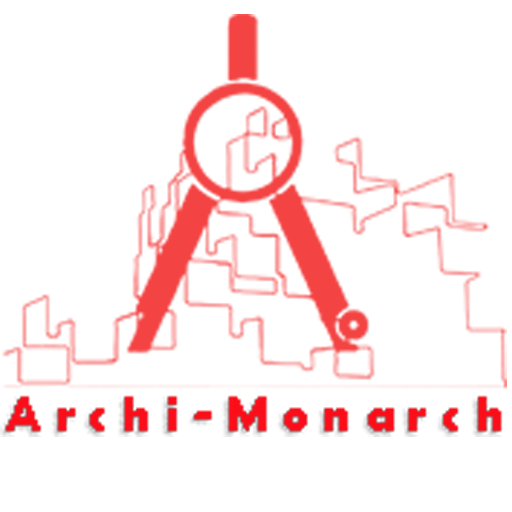Rainwater harvesting structures in architecture are designed to efficiently collect, store, and reuse rainwater for various purposes such as irrigation, flushing, or even potable use after treatment.
These structures are integrated into buildings and landscapes in both urban and rural settings to promote sustainability and reduce dependence on external water sources.
Common architectural elements include sloped roofs for water collection, gutters and downpipes for channeling rainwater, filtration systems to remove debris, and storage tanks or underground reservoirs to store the harvested water.
Advanced systems may incorporate percolation pits, recharge wells, or green roofs that facilitate groundwater recharge. By integrating rainwater harvesting structurally, architects contribute to water conservation, reduce runoff and urban flooding, and support eco-friendly building practices.
If you want to know about the working drawing or boundary wall detail or gate detail, please click the link.
Image of Rainwater harvesting structural detail and downloadable (in DWG) link below

Rainwater harvesting structural detail drawing – 1
Rainwater harvesting structural detail drawings in construction illustrate the specific components and systems used to collect, filter, and store rainwater within a building or site. These drawings are crucial for guiding contractors and engineers during implementation and ensuring the system functions effectively.
A typical rainwater harvesting structural detail drawing includes the following elements:
- Roof Catchment Area: The slope and material of the roof are specified to ensure effective water collection.
- Gutters and Downpipes: Dimensions, material (usually PVC or GI), and slope are shown to direct rainwater from the roof to storage or filtration systems.
- First Flush System: A crucial component that diverts the initial flow of dirty rainwater (with dust, leaves, and debris) away from the storage tank.
- Filtration Unit: Detailed section showing layers such as gravel, sand, and charcoal, used to clean the water before it enters the tank.
- Storage Tank: Structural details of the tank (overhead or underground), including dimensions, material (RCC, plastic, or masonry), inlet/outlet pipes, overflow pipe, and manhole cover.
- Pump and Plumbing Lines: For systems that reuse water within buildings, the drawing may show pump details and connections to plumbing lines.
- Recharge Pit/Borewell Connection (optional): If the system is designed to recharge groundwater, the detail shows how filtered water is directed to a pit or borewell lined with porous material.
These drawings often come in both plan and sectional views, labeled with material specifications, levels, and flow directions. They ensure the system is properly integrated into the building’s drainage and plumbing layout, complies with local codes, and is easy to maintain.
Our tips to help you improve your architectural Rainwater harvesting structural detailing.
